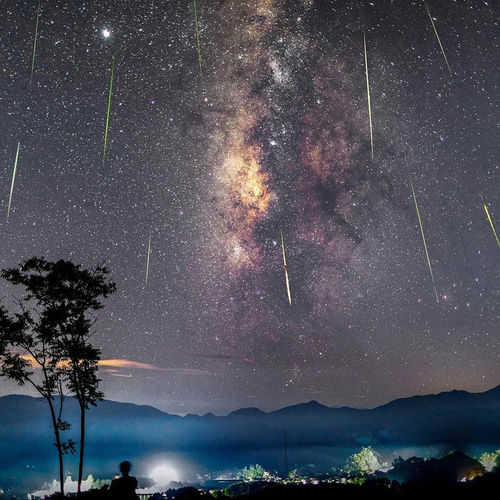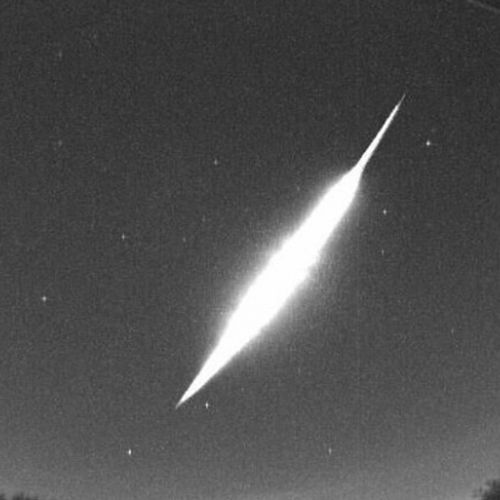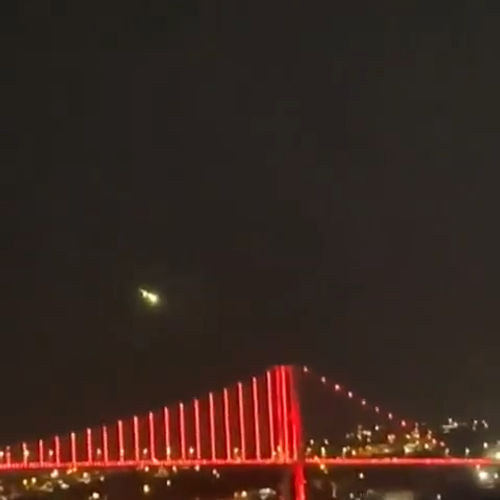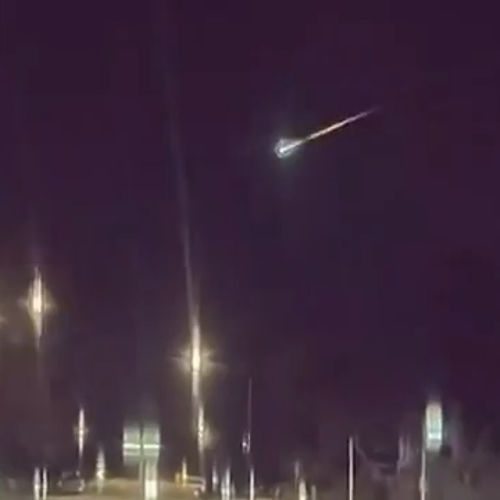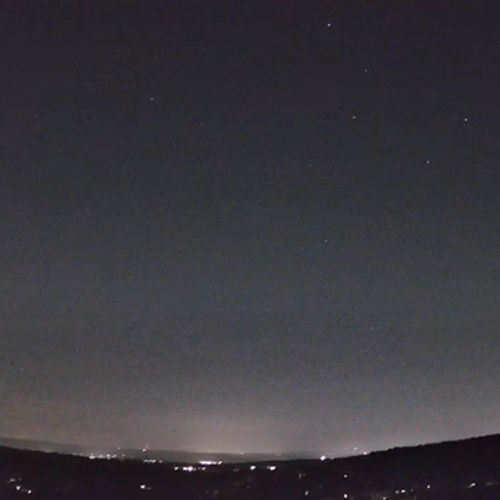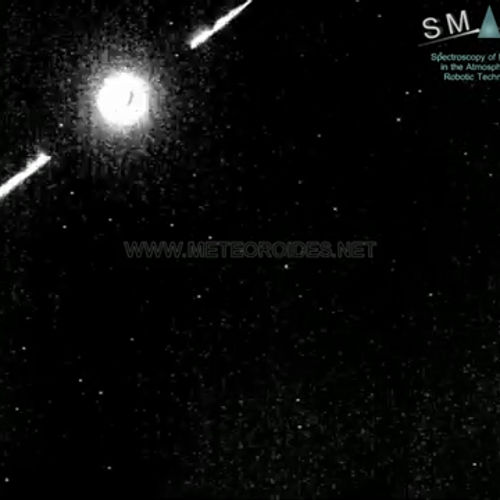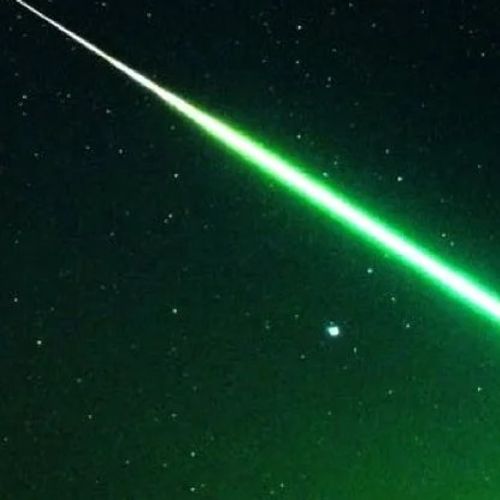
| Added | Wed, 03/08/2022 |
| Источники | |
| Дата публикации | Wed, 03/08/2022
|
| Версии |
It may seem that New Zealand is currently undergoing a meteor bombardment. After a huge meteor exploded over the sea near Wellington on July 7, causing a sonic boom that was heard throughout the South Island, a smaller fireball was recorded over Canterbury two weeks later.
Fireballs Aotearoa, a collaboration between astronomers and civilian scientists whose goal is to collect newly fallen meteorites, has received a lot of questions about these events. One of the most frequent is about the bright green color, and whether it is the same green as when the aurors.
Green fireballs are regularly reported and filmed in New Zealand. Bright meteors often signal the arrival of a piece of asteroid, whose diameter can range from a few centimeters to a meter, when it crashes into the atmosphere.
Some of these asteroids contain nickel and iron, and they crash into the atmosphere at speeds of up to 60 km (37 miles) per second. At the same time, a huge amount of heat is released very quickly, and the evaporated iron and nickel emit green light.
But is this the same as the bright green color of aurora? For the most recent meteor, the answer is mostly negative, but it's actually not that simple.
The green glow of the aurora is caused by oxygen ions in the upper atmosphere, formed as a result of collisions between atmospheric oxygen molecules and particles emitted by the Sun.
These oxygen ions recombine with electrons to form oxygen atoms, but the electrons can remain in an excited state for several seconds. In an energy transition known as "forbidden" because it does not obey the usual quantum rules, they then emit an auroral green light with a wavelength of 557 nm.
A meteor can also shine along this path, but only if it is very fast. Very fast meteors heat up in a thin atmosphere above 100 km, where auroras form.
If you want to see the green auroral trail of a meteor, watch out for the Perseid meteor shower, which has already begun and will peak on August 13 in the Southern Hemisphere.
The Perseids, flying at a speed of about 60 km per second, are extremely fast particles of the Swift-Tuttle comet. Some Perseids leave behind a beautiful, luminous and distinctly green trail, especially at the beginning of their journey.
After the fall of the Canterbury meteor on July 22, the capricious winds of the upper atmosphere twisted the softly glowing trail, as a result of which it acquired a pale yellow glow by the end.
This is due to the fact that sodium atoms are constantly excited in a catalytic reaction involving ozone.
Yes and no. The appearance of large, bubbling green meteors and the fall of meteorites is not uncommon in New Zealand, but it is rare to recover a stone. The Fireballs Aotearoa organization is working to improve the extraction rate.
On average, perhaps four meteorites fall in New Zealand per year. We encourage citizen scientists to create their own meteorite camera systems so that they can capture these events.
By comparing a meteorite with a stellar background and triangulating images obtained with the help of several cameras, we can determine the position of the meteor in the atmosphere with an accuracy of tens of meters.
This not only helps us find the stone, but also allows us to determine the orbit of the meteoroid before the collision, which, in turn, tells us from which part of the Solar System it came. This is a pretty effective way to explore the Solar System without having to launch a space mission.
Fireballs Aotearoa is rapidly populating Otago with meteor chambers, and there are half a dozen more in other parts of the South Island. The North Island has not yet been covered, and we are striving for more people (on any of the islands) to build or buy a meteor camera and keep it pointed at the sky.
Then the next time a bright meteor explodes with a bang over New Zealand, we will be able to pick up a meteorite and do some useful scientific research with it.
Many thanks for the help to Jim Rowe from the Fireball Alliance of Great Britain and Greg Price, who photographed the meteor on July 22 and the persistent train.The Conversation
Jack Baggaley, Professor Emeritus of Physics and Astronomy, University of Canterbury.
Новости со схожими версиями
Log in or register to post comments

